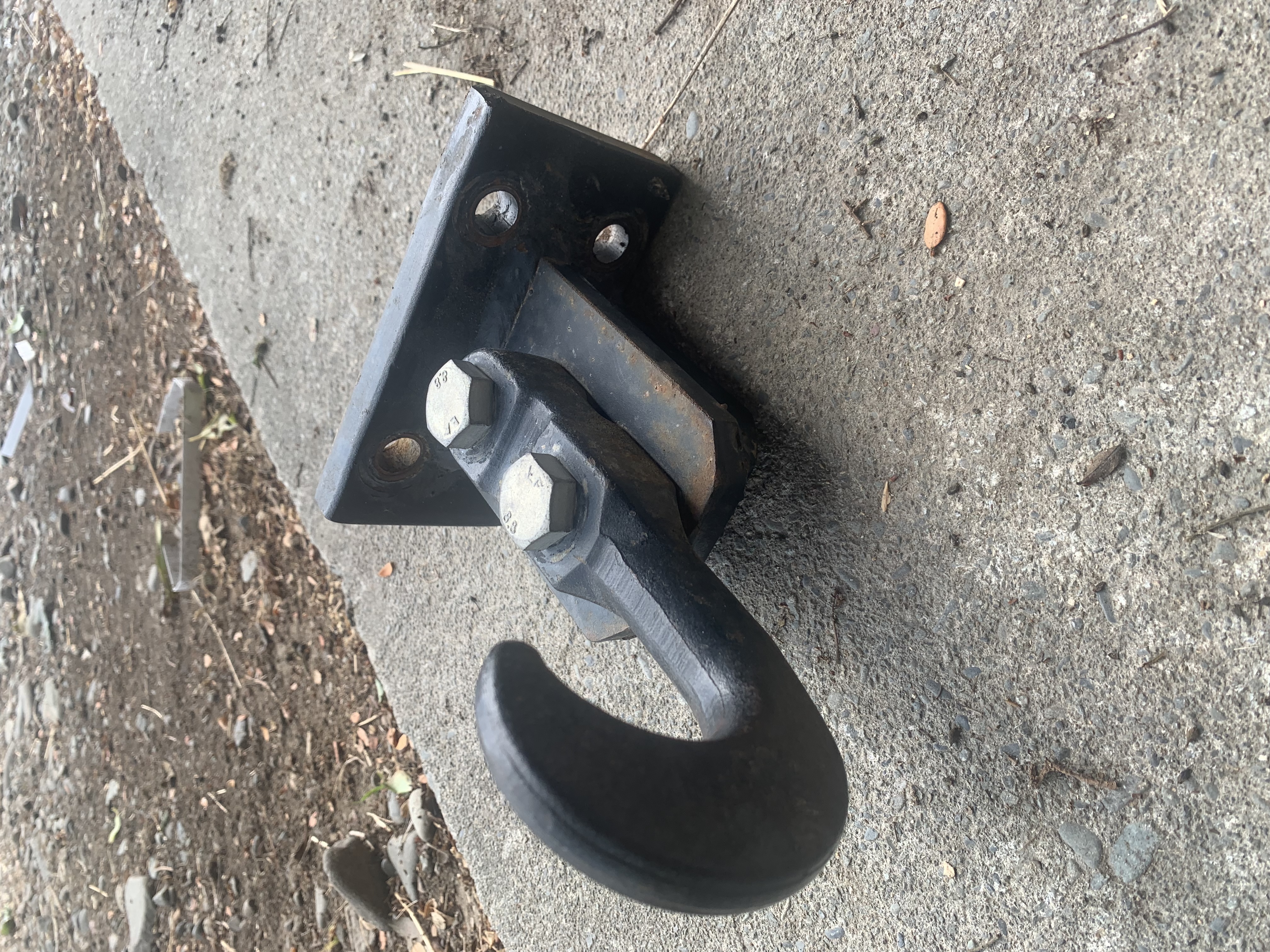Low as possible, below the bumper. It causes a slight lifting effect which helps the front end ride up and over/out from whatever you parked in - the opposite of what the high mounted recovery point does. The high mounted recovery point tends to pull down into the obstruction that stopped you, acts as a 'magnifier' of the size of the obstruction and the parts of the vehicle that tend to take the load are the suspension components like the ball joints, tie rods, swivel bearings depending on which type of front end you have. That said, 99% of the time you get away with recovering from a high snatch point and don't notice the difference in pull point height but getting the vehicle out but finding you've immobilised it in the process - suckful. This risk is one of my reasons for preferring recovery to the rear if possible, i.e. pull backwards out from the way it went into the oops. There's a reason the thing stopped...
Welcome guest, is this your first visit? Create Account now to join.
Welcome to the NZ Hunting and Shooting Forums.
Search Forums
User Tag List
+ Reply to Thread
Results 31 to 35 of 35
Thread: 4x4 accessories
-
19-11-2023, 11:14 PM #31Member

- Join Date
- Dec 2021
- Location
- Tauranga
- Posts
- 6,008
-
-
20-11-2023, 09:56 PM #32Member

- Join Date
- Mar 2020
- Location
- Geraldine
- Posts
- 563

I’ll find a spot on the rear to mount this one.
-
20-11-2023, 10:01 PM #33Member

- Join Date
- Mar 2020
- Location
- Geraldine
- Posts
- 563
-
21-11-2023, 08:39 AM #34Member

- Join Date
- May 2019
- Location
- canterbury
- Posts
- 59
And don't forget to take some cash, if you have a problem break down, fuel, key money for access,food etc in the middle of nowhere plastic card no use.
-
21-11-2023, 08:59 AM #35Member

- Join Date
- Jul 2019
- Location
- South
- Posts
- 214
Similar Threads
-
Firearm Accessories
By kawekakid in forum Firearms, Optics and AccessoriesReplies: 0Last Post: 06-03-2021, 12:52 PM -
Anyone know where to buy AR accessories?
By Ryan85 in forum Firearms, Optics and AccessoriesReplies: 5Last Post: 28-08-2019, 12:09 PM
Tags for this Thread
Welcome to NZ Hunting and Shooting Forums! We see you're new here, or arn't logged in. Create an account, and Login for full access including our FREE BUY and SELL section Register NOW!!





 60Likes
60Likes LinkBack URL
LinkBack URL About LinkBacks
About LinkBacks




 Reply With Quote
Reply With Quote


Bookmarks